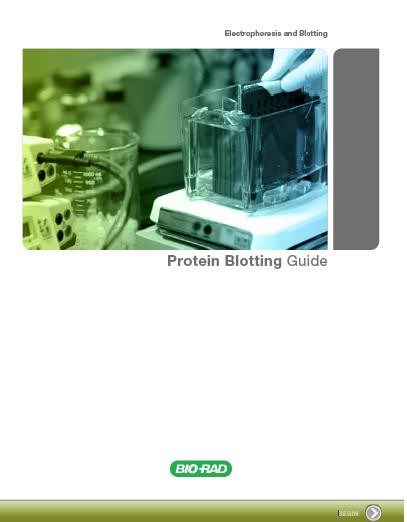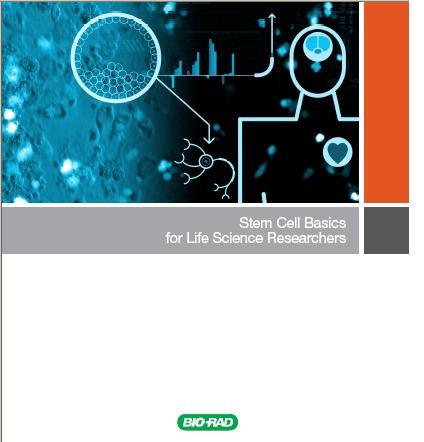A team of New York Stem Cell Foundation (NYSCF) Research Institute scientists led by David Kahler, PhD, NYSCF Director of Laboratory Automation, have developed a new way to generate induced pluripotent stem (iPS) cell lines from human fibroblasts, acquired from both healthy and diseased donors. Reported in PLOS ONE, this cell-sorting method consistently selects the highest quality, standardized iPS cells, representing a major step forward for drug discovery and the development of cell therapies.
Posts Tagged ‘stem cells’
A New Way to Generate iPS Cells from Fibroblasts
:: Posted by American Biotechnologist on 04-02-2013Stem cells can become anything - but not without this protein
:: Posted by American Biotechnologist on 08-21-2012How do stem cells preserve their ability to become any type of cell in the body? And how do they “decide” to give up that magical state and start specializing?
If researchers could answer these questions, our ability to harness stem cells to treat disease could explode. Now, a University of Michigan Medical School team has published a key discovery that could help that goal become reality.
In the current issue of the prestigious journal Cell Stem Cell, researcher Yali Dou, Ph.D., and her team show the crucial role of a protein called Mof in preserving the ‘stem-ness’ of stem cells, and priming them to become specialized cells in mice.
Their results show that Mof plays a key role in the “epigenetics” of stem cells — that is, helping stem cells read and use their DNA. One of the key questions in stem cell research is what keeps stem cells in a kind of eternal youth, and then allows them to start “growing up” to be a specific type of tissue.
To glycolisize or oxidative phosphorylize, that is the stem cell question
:: Posted by American Biotechnologist on 11-16-2011Human pluripotent stem cells, which can develop into any cell type in the body, rely heavily on glycolysis, or sugar fermentation, to drive their metabolic activities.
In contrast, mature cells in children and adults depend more on cell mitochondria to convert sugar and oxygen into carbon dioxide and water during a high energy-producing process called oxidative phosphorylation for their metabolic needs.
How cells progress from one form of energy production to another during development is unknown, although a finding by UCLA stem cell researchers provides new insight for this transition that may have implications for using these cells for therapies in the clinic.
Read the rest of this entry »
New discovery may save endangered animals from extinction
:: Posted by American Biotechnologist on 09-05-2011A description of the accomplishment appeared in an advance online edition of the journal Nature Methods on September 4, 2011.
For more information click here.
Cancer cells as cross dressers
:: Posted by American Biotechnologist on 08-22-2011While many scientists have espoused the theory that each type of cancer cell comes from a unique cancer stem cell, research out of the Broad Institute of MIT, Harvard and Whitehead Institute points to a much more decentralized society, with cancer cells able to interconvert between different types.
To characterize how cancer maintains cellular equilibrium, the researchers studied two different breast cancer cell lines and examined three different cell states that were similar to normal breast epithelial cell types, known as basal, luminal, and stem-like. The team sorted the different cell types from each other and then grew their relatively pure populations for six days. Remarkably, each of the three populations quickly returned to the same equilibrium – and populations of non-stem cells generated new stem-like cells.
Click here to read more.
Citation: Gupta PB et al. Stochastic state transitions give rise to phenotypic equilibrium in populations of cancer cells. Cell. August 19, 2011. DOI: 10.1016/j.cell.2011.07.026

















